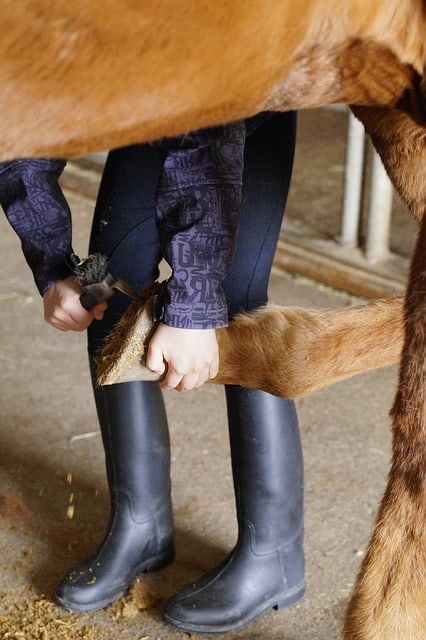
The Horse’s Feet are precious as every equestrian knows, the old saying of, “No Foot, No Horse”, is so completely true. A hoof abscess can be a real problem for horse owners, and renders your horse out of use for a period of time until they have recovered. But how do you recognise the symptoms and start treating a hoof abscess in your horse? Here we outline just what a hoof abscess is, the signs and symptoms and what to do when and if your horse is affected.
What is a hoof abscess?
Basically a hoof abscess is a build up of a pocket of pus in the horse’s foot. The pus is generally caused by a puncture to the foot of some kind that allows bacteria to enter the hoof; this then leads to infection and a build up of pus. As the horse’s foot is a very firm structure, it does not allow swelling so as the infection festers and the pocket of pus grows larger, the horse will become very uncomfortable and will be unable to weight bear on the affected limb and he will appear quite lame.
What are the symptoms of a Hoof Abscess?
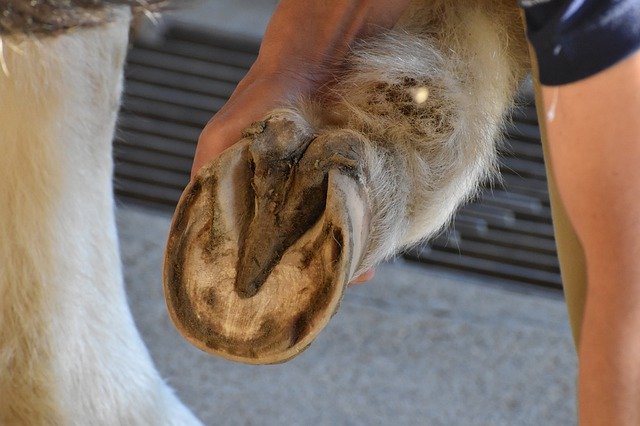
As already mentioned the horse will usually appear hopping lame on the affected limb. The infection can take a few days to develop so the animal may have appeared perfect the previous day, but when you arrive out the next morning the horse is on three legs, and does not want to put the affected hoof to the ground. There is usually heat in the foot, and it may be quite tender around the coronary band and the bulbs of the heel, and there is usually a strong pulse in the digital blood vessels of the infected limb. Very occasionally there may be swelling going up the limb. A hoof abscess is a very common cause of severe, acute lameness in your horse.
What Causes a Hoof Abscess?
A hoof abscess is caused by some foreign material penetrating the sensitive areas of the horses hoof, this allows bacteria to enter the foot and consequently infection will begin, leading to the build up of pus. This can happen when a horse stands on a sharp stone that slightly punctures the sole of its foot; it can also happen if the horse stands on a sharp object such as a nail. An abscess can develop as a result of a bruised sole, if the horse has some bacteria circulating in its blood stream that can infect the area of the bruised sole, leading to an abscess. Other common causes are when a piece of gravel enters the hoof near the white line.
Poor hoof care can be a contributory factor, for example allowing your horses feet to become over long can allow slight separation from the hoof wall and the sole of the foot. This can allow gravel or small stones or bacteria to enter the hoof leading to infection.
Normally hoof abscesses are very common in the spring and winter, this is due to the soft ground which allows the horse’s foot to sink through the mud and become penetrated by stones etc. They can also occur in a very dry spell in summer due to the horse’s feet becoming dry and brittle and forming tiny cracks which can allow, gravel or foreign material to enter the foot.
NB**It is important to note that a deep seated abscess/infection in the area of the frog can affect the pedal bone and or the navicular bursa; this is very serious condition as it can cause irreversible damage to the structure of the hoof, and it will require immediate veterinary attention.
Treating a Hoof Abscess in Your Horse.
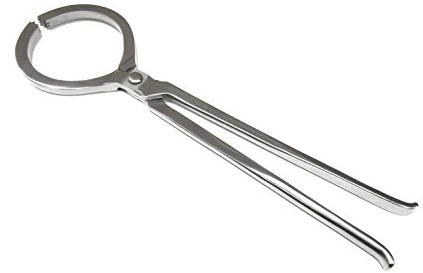
If you think your horse has a hoof abscess, you will need to call the farrier or vet as soon as possible. The Farrier or Vet will usually assess the horse, and then using hoof testers on the affected limb they will determine the area of the location of the abscess.
Once the area of the hoof abscess is pin pointed, they will carefully pare the area using a drawing knife, until they make a small hole in the sole of the horse’s hoof that will allow the pus to drain. If your horse is not up to date with its inoculations it will need a tetanus shot.
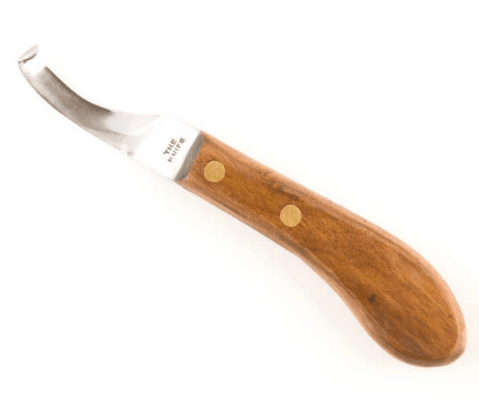
When the area is opened you will need to poultice the foot for a few days, until all the infection has cleared. It will usually be at least a week before the shoe can be put back on. Once your horse is re-shod you will still have to keep a close eye on the area keeping it clean; plus, it is a good idea to spray the area with iodine solution twice daily, to minimise any chance of further infection.
How To Poultice Your Horse’s Foot.
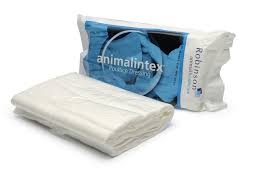
Once the Farrier has opened up the sole of the hoof, you can then clean and poultice it. To begin with cleanse the affected area well, using boiled cooled water, with generous tablespoon of either, table salt or Epsom salts in it. This will help to purify the area and draw out the infection. If the horse is willing to stand with his foot in the bucket for a 5 minutes or so, that would be ideal, however if not, simply clean the area well using swabs of cotton wool soaked in the salty water.
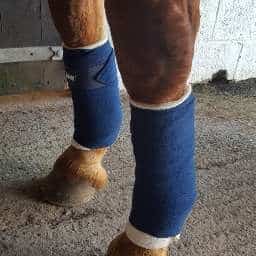
Have your poultice previously prepared, an Animal Intex poultice is a popular choice. Cut a piece of the poultice to fit the sole of the foot, then cover it in boiling water, squeeze out the excess fluid and have it cooling on a plate while you clean the hoof. The poultice is applied to the sole of the foot, the plastic side out, then cover with Gamgee and finish by wrapping with vet wrap. You can then tape over the vet wrap with some duct tape or silage tape as this will keep the foot dry over night. Complete the process by stable bandaging, to support the both opposite limb and the affected limb. If the horse is very lame, it is a good idea to bandage all round, as this will offer him some support and aid his circulation as he will be on box rest for a couple of days as he recovers.
Prevention is Better Than Cure.
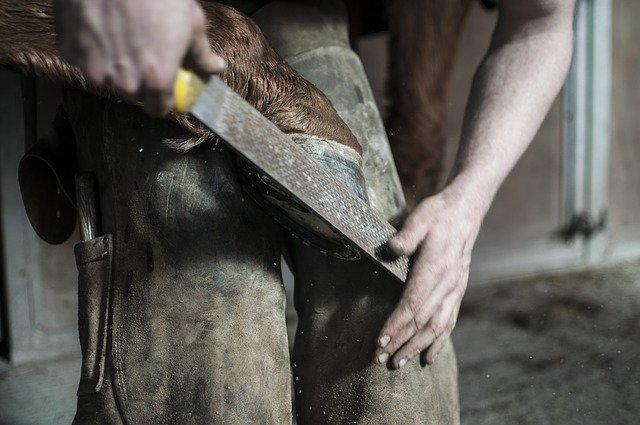
As always prevention is better than cure. In Spring and winter, limit access to wet paddocks, and aim to keep turnout to drier paddocks. There are certain animals that have very flat feet and thin soles, which can make them prone to abscesses. Therefore, keeping your horses feet well cared for is of paramount importance, picking out the feet at least twice daily; Ensure that you have regular farrier visits so that your horse’s feet do not become over long; all of which will help to keep your horse’s feet as healthy as possible. At the first sign of an abscess contact your farrier or vet, to ensure that you are dealing with the infection from the earliest onset. If your horse’s inoculations are not up to date, he will need a tetanus shot.
